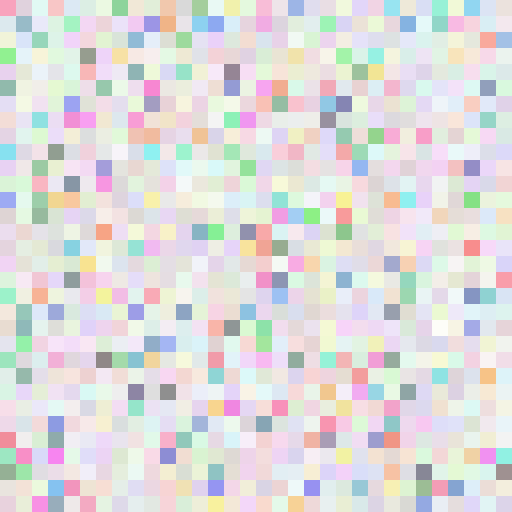Introduction to Image Analysis
Image files are a good way to incorporate hacker culture, so a variety of images are used in CTFs.
Image files come in a variety of complex formats. Some methods used to solve CTF challenges involve finding metadata and hidden information, decoding lossless compression, checking validation, performing steganography, or extracting printable characters. All of those are important topics of Misc, involving understanding basic file formats, common steganography techniques, and steganography software.
Metadata¶
Metadata is "data that provides information about other data". In other words, it is "data about data". Many distinct types of metadata exist, including descriptive metadata, structural metadata, administrative metadata, reference metadata, statistical metadata, and legal metadata.
Hiding information in metadata is one of the most basic techniques CTFs, usually used to hide some key information like a hint or password.
You can view the metadata of an image by right-clicking on Properties or by using the strings command. In general, some hidden information (strange-looking strings) often appears at the beginning or end of the file.
Next, we introduce an identify command, which is used to get the format and characteristics of one or more image files.
-format is used to specify the information displayed, and the -format option can make a problem easier to solve.
For more details, see Format Option Usage
CTF Example¶
Break In 2017 - Mysterious GIF¶
Download the challenge file here
One of the difficulties in this problem is to find and extract the metadata in GIF.
First, use the strings command to see the text strings and find abnormal text.
GIF89a
!!!"""###$$$%%%&&&'''((()))***+++,,,---...///000111222333444555666777888999:::;;;<<<===>>>???@@@AAABBBCCCDDDEEEFFFGGGHHHIIIJJJKKKLLLMMMNNNOOOPPPQQQRRRSSSTTTUUUVVVWWWXXXYYYZZZ[[[\\\]]]^^^___```aaabbbcccdddeeefffggghhhiiijjjkkklllmmmnnnooopppqqqrrrssstttuuuvvvwwwxxxyyyzzz{{{|||}}}~~~
4d494945767749424144414e42676b71686b6947397730424151454641415343424b6b776767536c41674541416f4942415144644d4e624c3571565769435172
NETSCAPE2.0
ImageMagick
...
Here, the strings of hexadecimal are hidden in the GIF metadata.
The next step is extraction, you can use Python, but it is more convenient to use identify
root@linux:~/Desktop/tmp# identify -format "%s %c \n" Question.gif
0 4d494945767749424144414e42676b71686b6947397730424151454641415343424b6b776767536c41674541416f4942415144644d4e624c3571565769435172
1 5832773639712f377933536849507565707478664177525162524f72653330633655772f6f4b3877655a547834346d30414c6f75685634364b63514a6b687271
...
24 484b7735432b667741586c4649746d30396145565458772b787a4c4a623253723667415450574d35715661756278667362356d58482f77443969434c684a536f
25 724b3052485a6b745062457335797444737142486435504646773d3d
Other steps are not described here, please refer to the writeup.
Pixel Values Conversion¶
Look at the data in this file, does it reminds you of anything?
255,255,255,255,255...........
It's a string of RGB values. Let's try to turn it into an image.
from PIL import Image
import re
x = 307 #x coordinate
y = 311 #y coordinate
# x*y = row number
rgb1 = [****]
print len(rgb1)/3
m=0
for i in xrange(0,x):
for j in xrange(0,y):
line = rgb1[(3*m):(3*(m+1))]# get line
m+=1
rgb = line
im.putpixel((i,j),(int(rgb[0]),int(rgb[1]),int(rgb[2])))#rgb values converted to pixels
im.show()
im.save("flag.png")
On the other hand, the RGB value is extracted from an image, and then the RGB values are converted to get the final Flag.
Most of these questions are pictures composed of pixel blocks, as shown in the figure below:

Related CTF Challenges¶
本页面的全部内容在 CC BY-NC-SA 4.0 协议之条款下提供,附加条款亦可能应用。